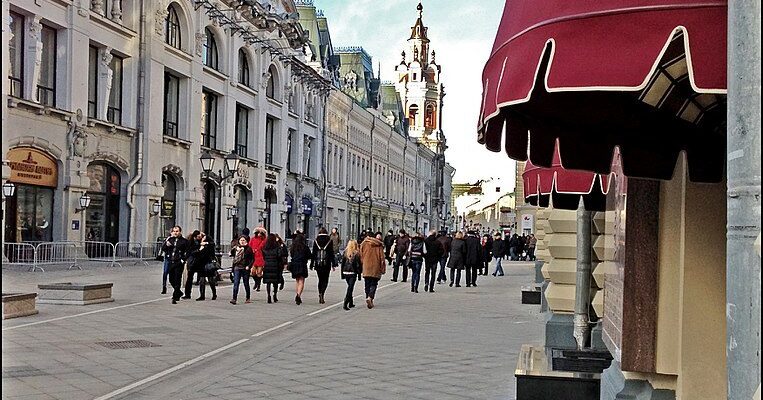Nikolskaya Street
Nikolskaya is one of the oldest streets preserved in modern Moscow. It connects two squares, Red Square and Lubyanskaya Square. When it comes to popular streets in Moscow, everyone first of all remembers the pedestrian Arbat. But Nikolskaya Street is somewhat neglected, although there are many more reasons to walk along it! Let’s correct this injustice.
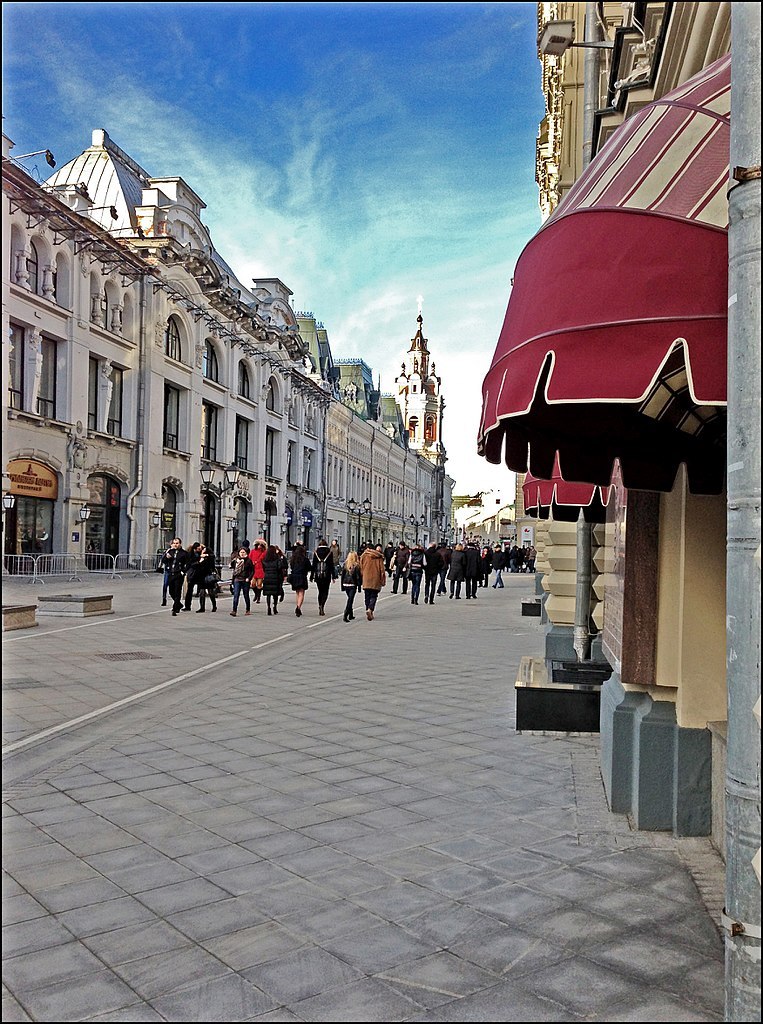
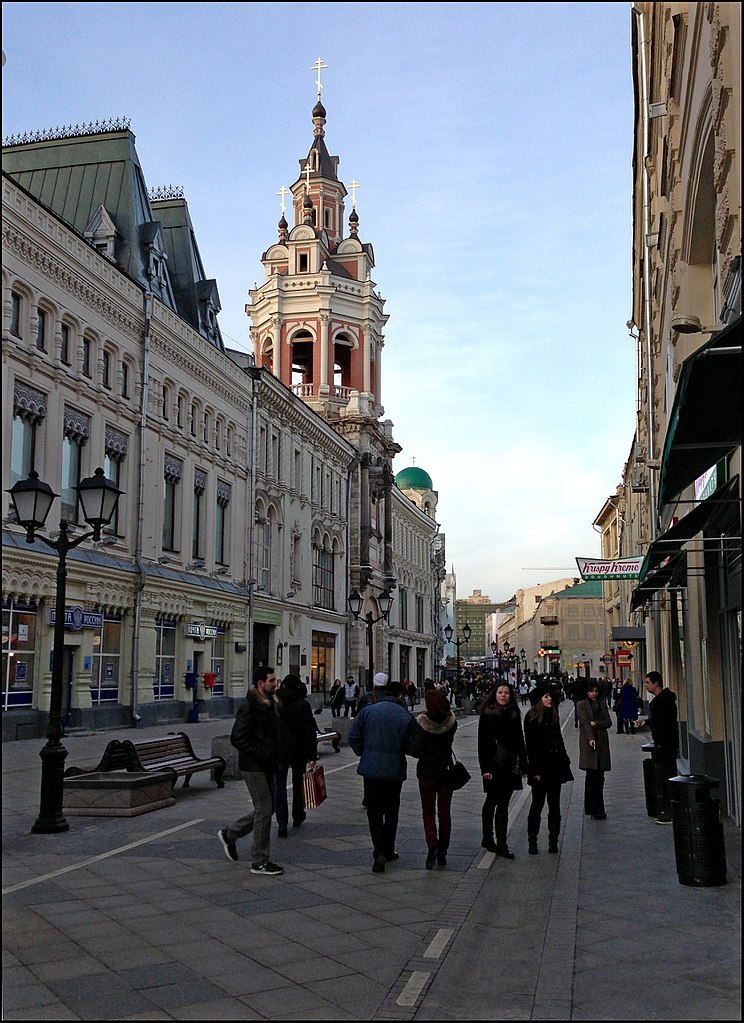

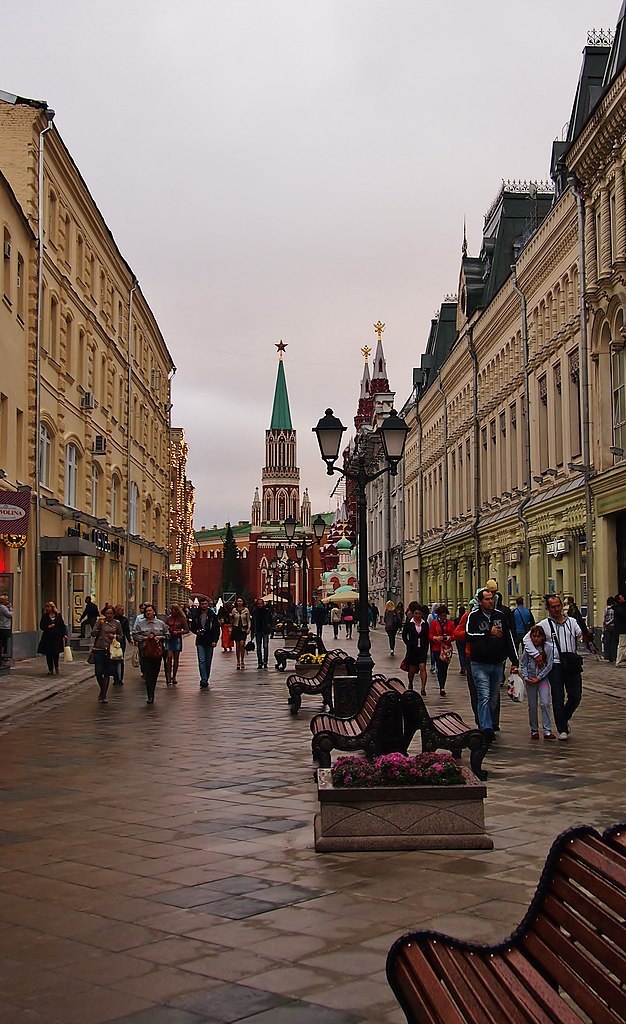
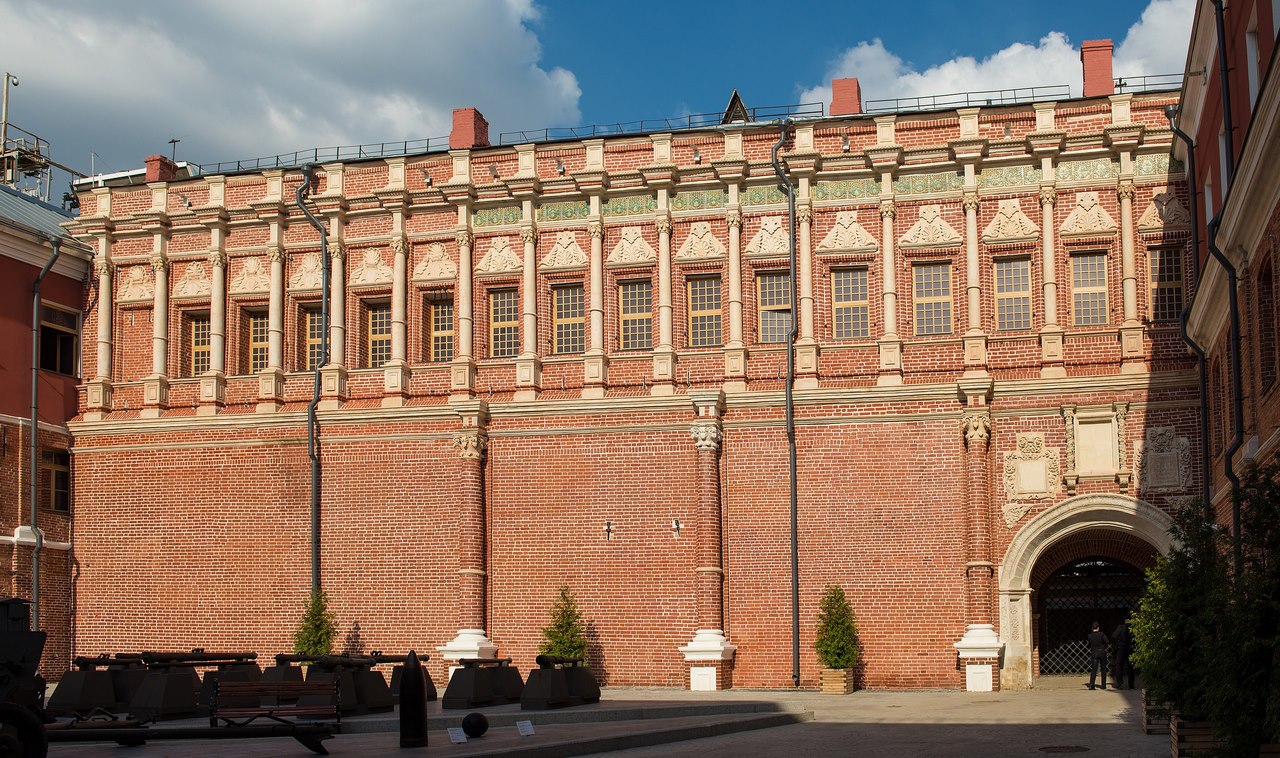
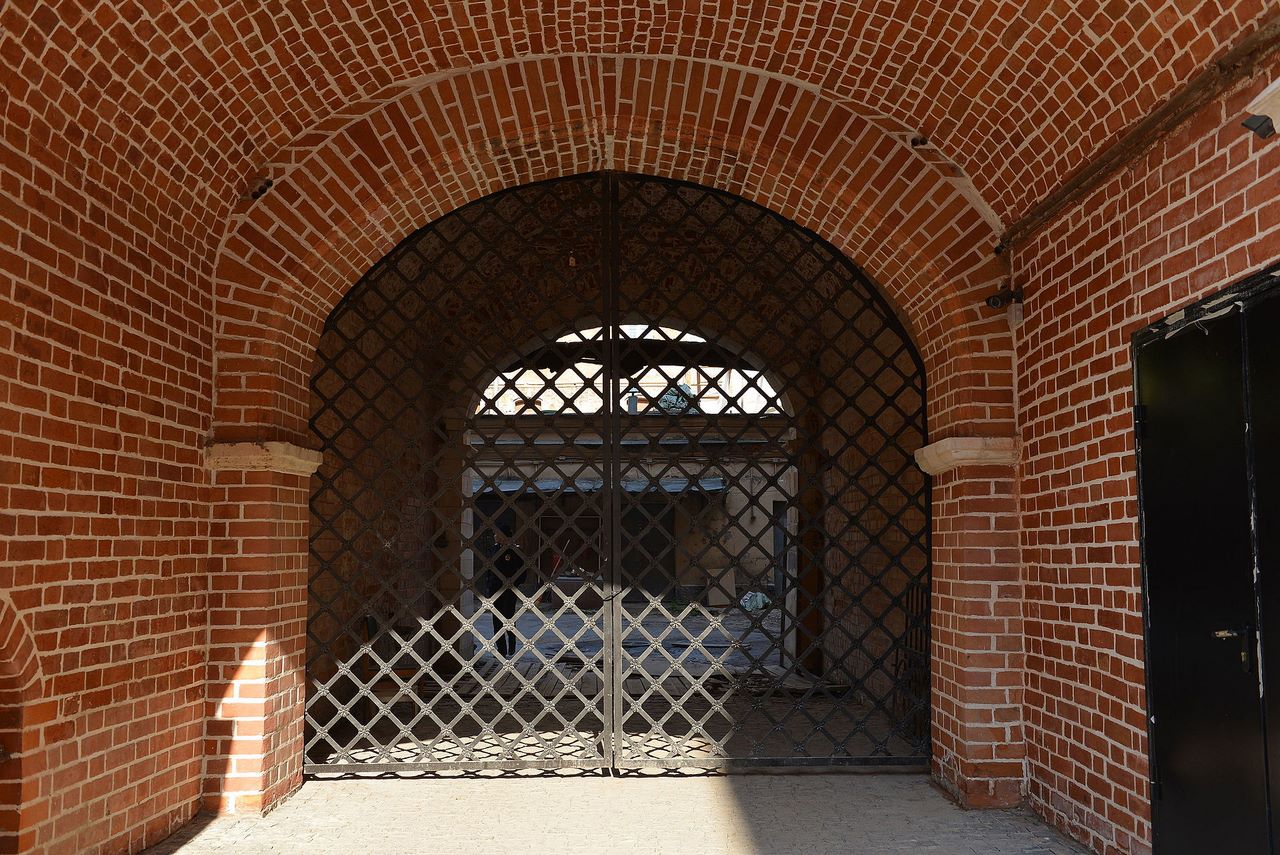
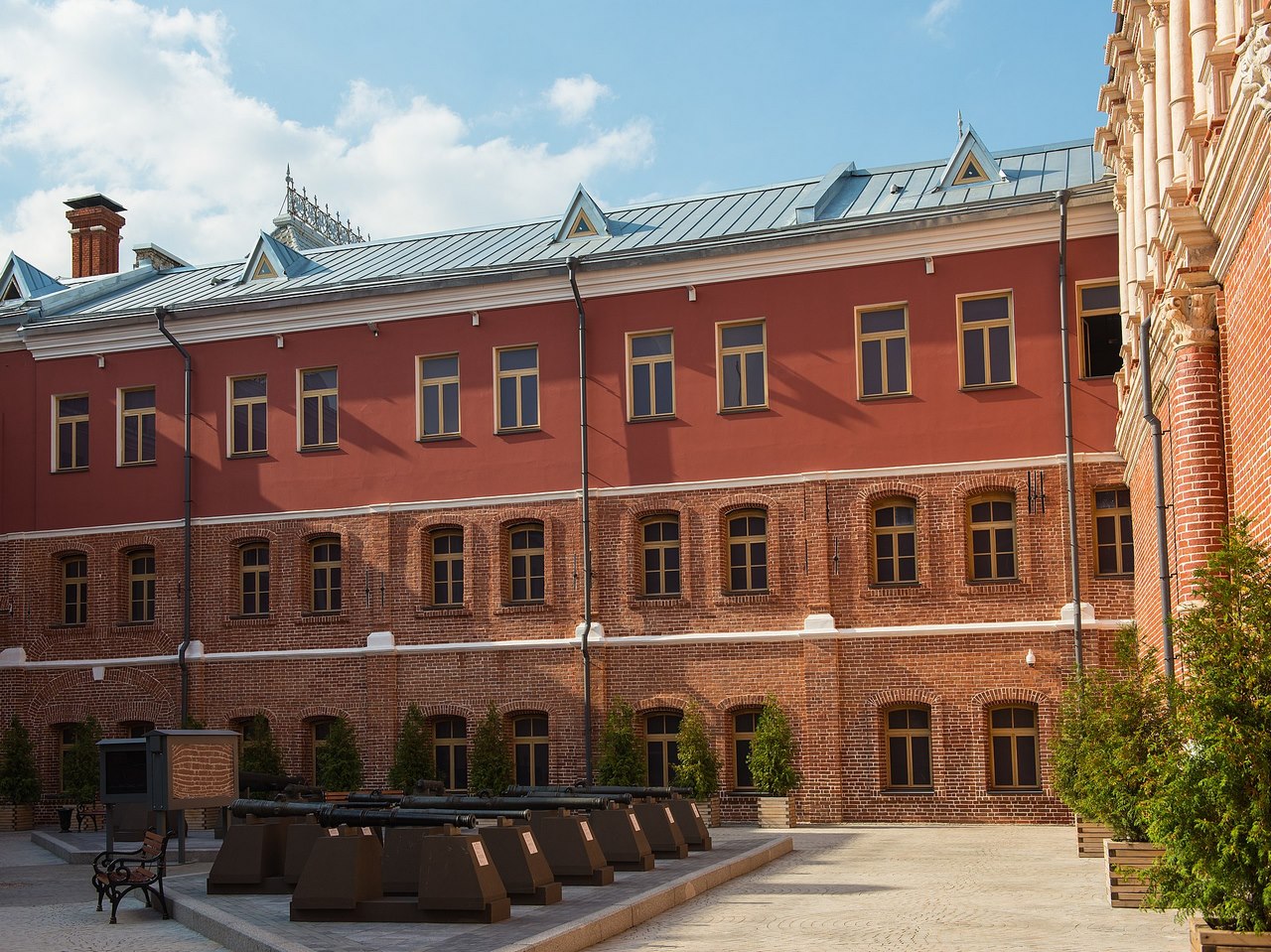
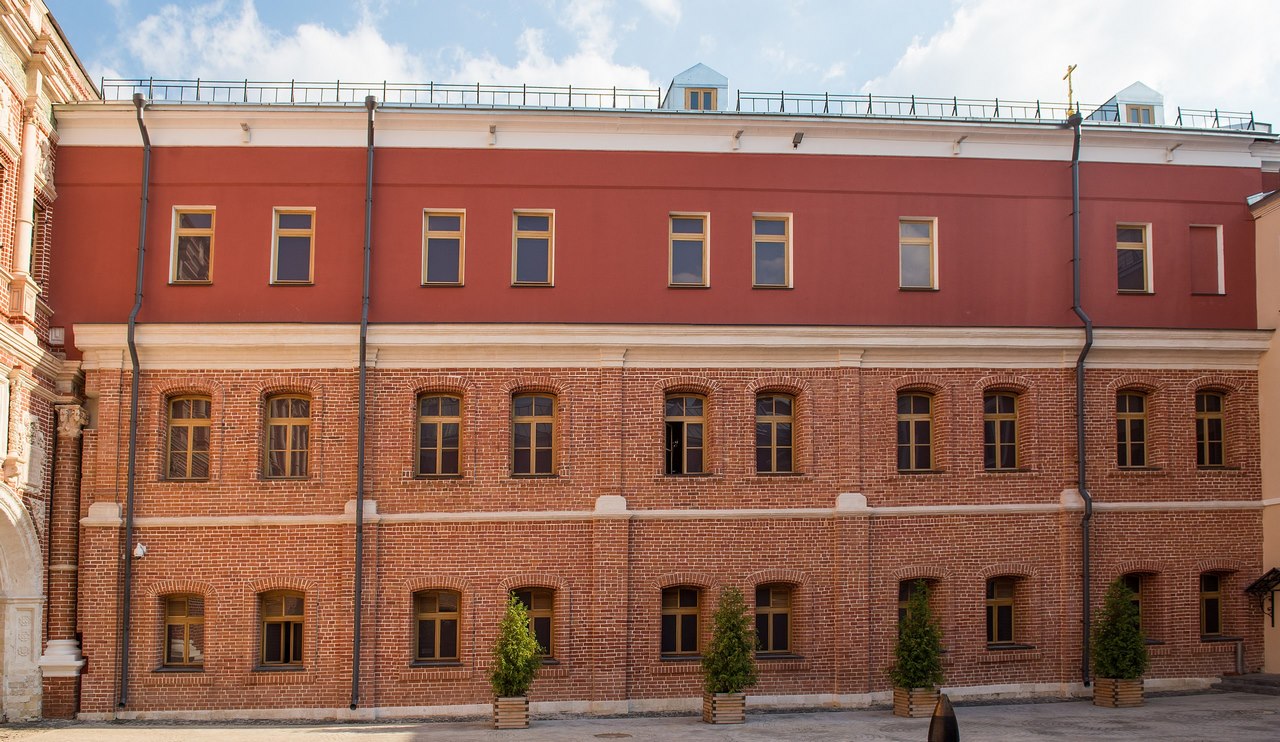
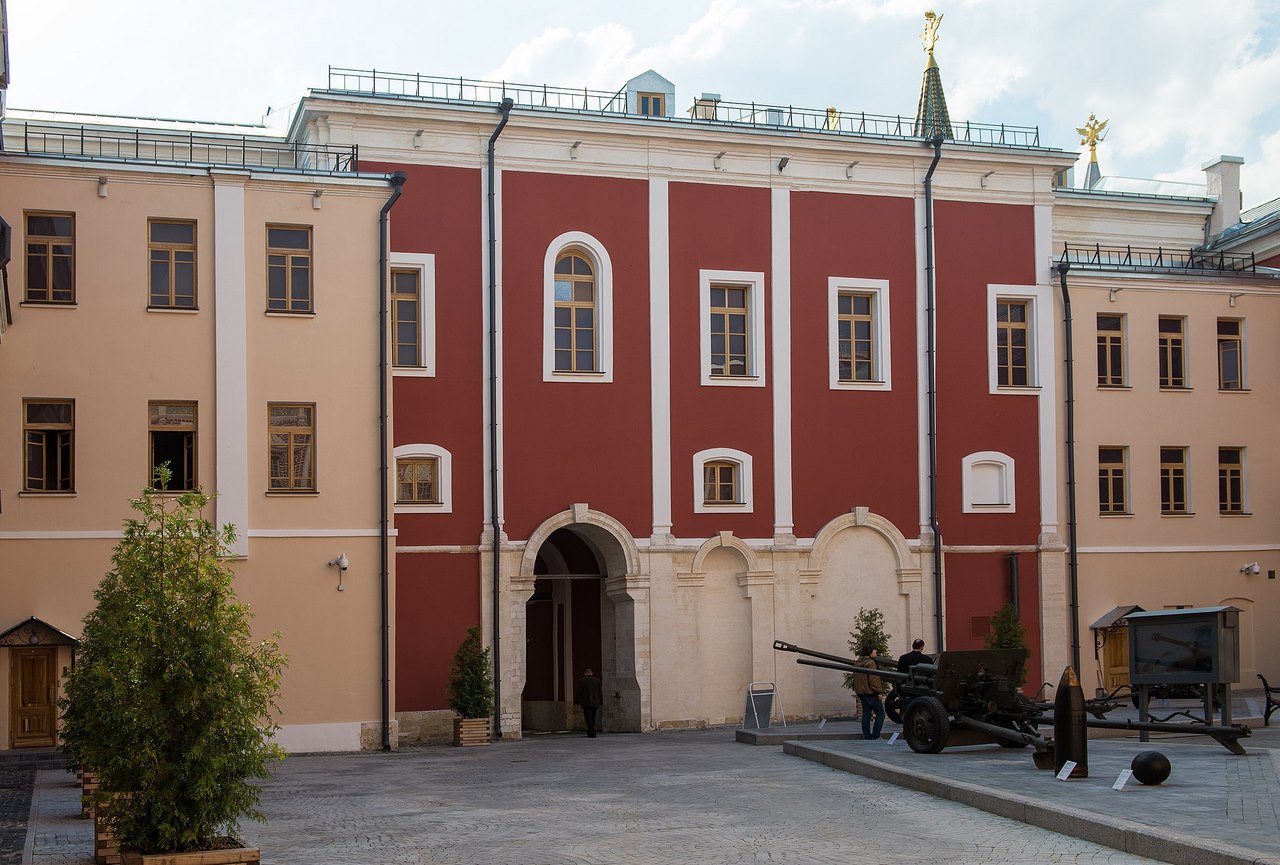
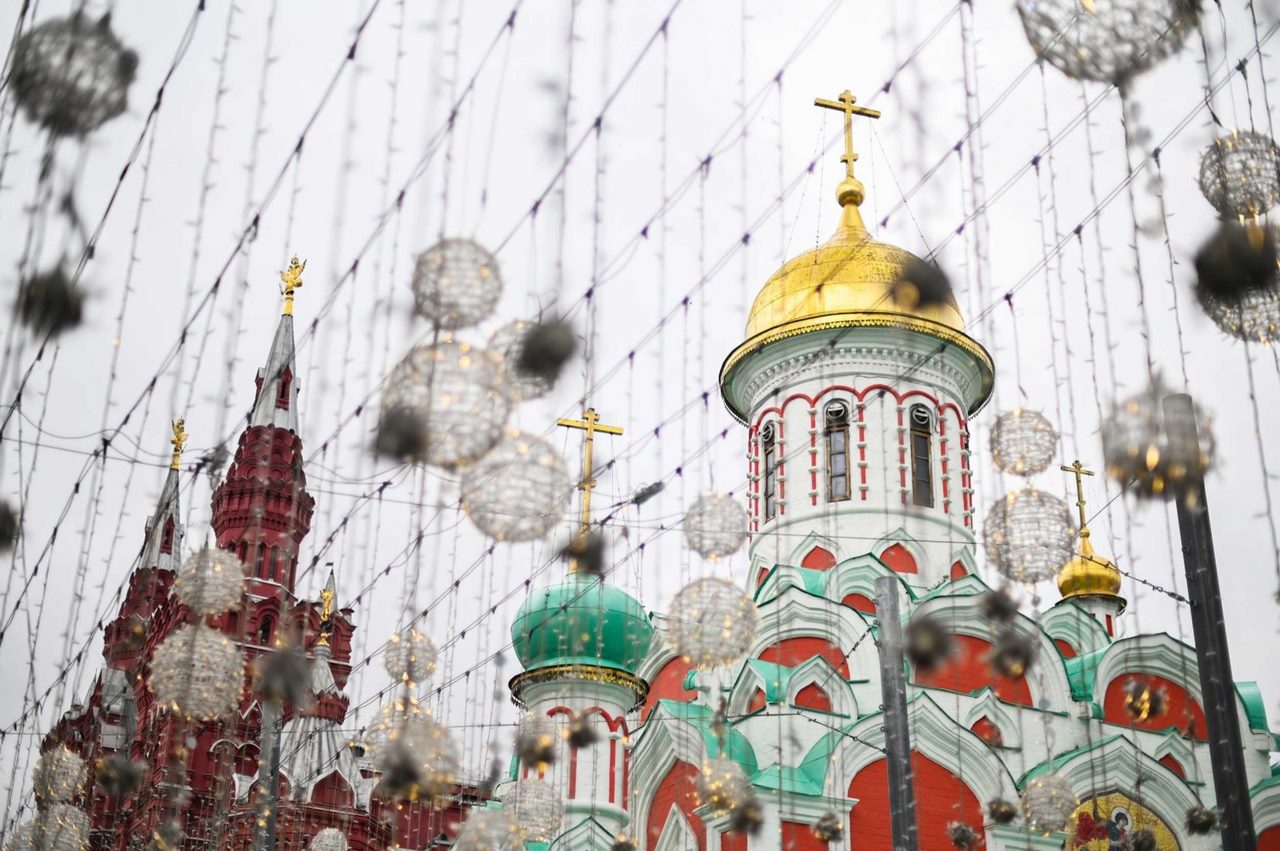
Video: Nikolskaya Street
ContentsHistory of Nikolskaya Street
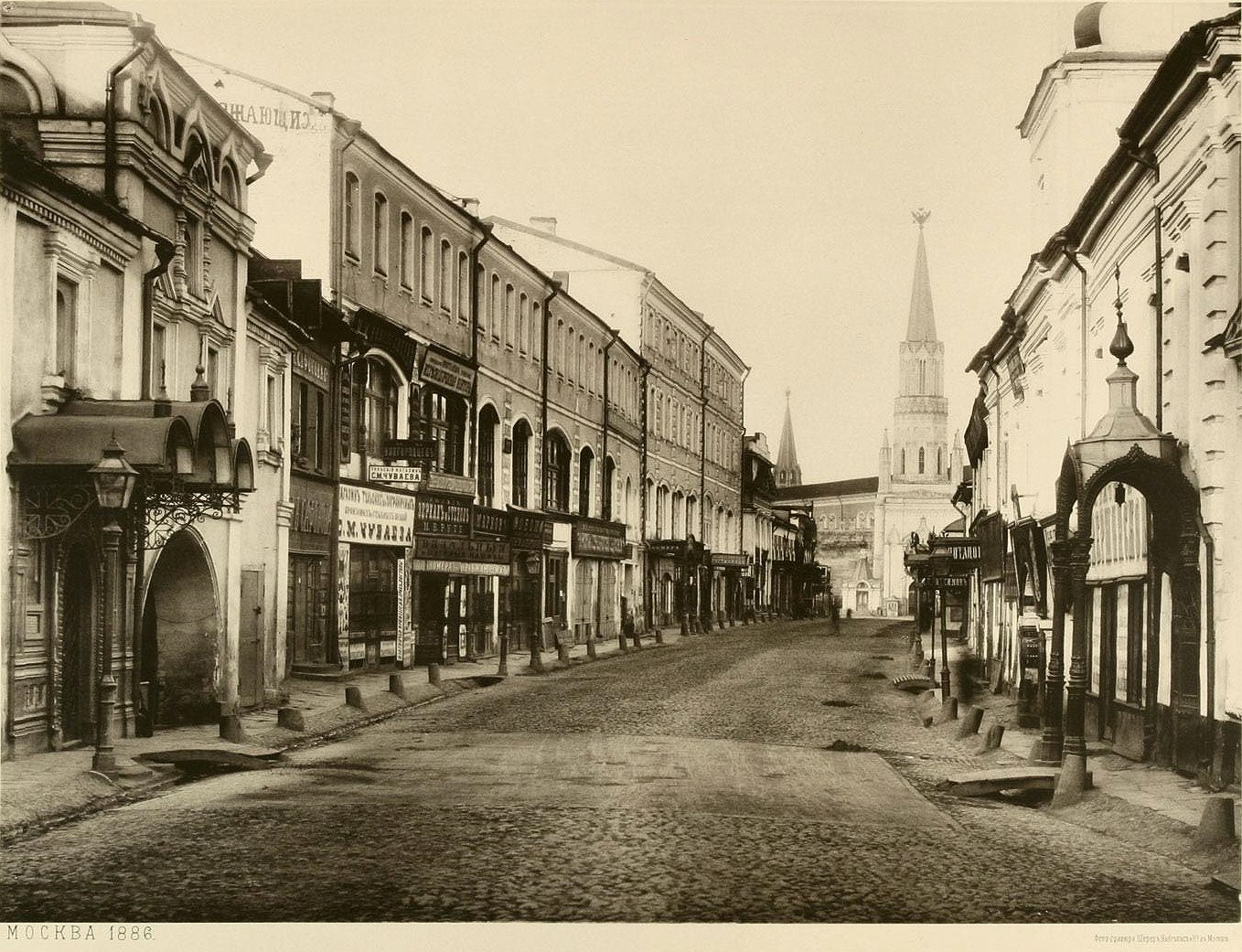
Originally, the street was not called Nikolskaya Street, but Sretenskaya Street. It was part of the Vladimirsky tract – a large trade road that connected the entire Golden Ring. Until the XV century it led directly to the Kremlin Gate, over which now rises Nikolskaya Tower. Then the Red Square was founded from the Kremlin end of Nikolskaya, dividing the street and tower of the same name.
.
The name Nikolskaya was first mentioned in 1547, but it may have been given even earlier. After the renaming, the street began to quickly grow with buildings that are now historical and cultural monuments that attract both tourists and native Muscovites with their beauty.
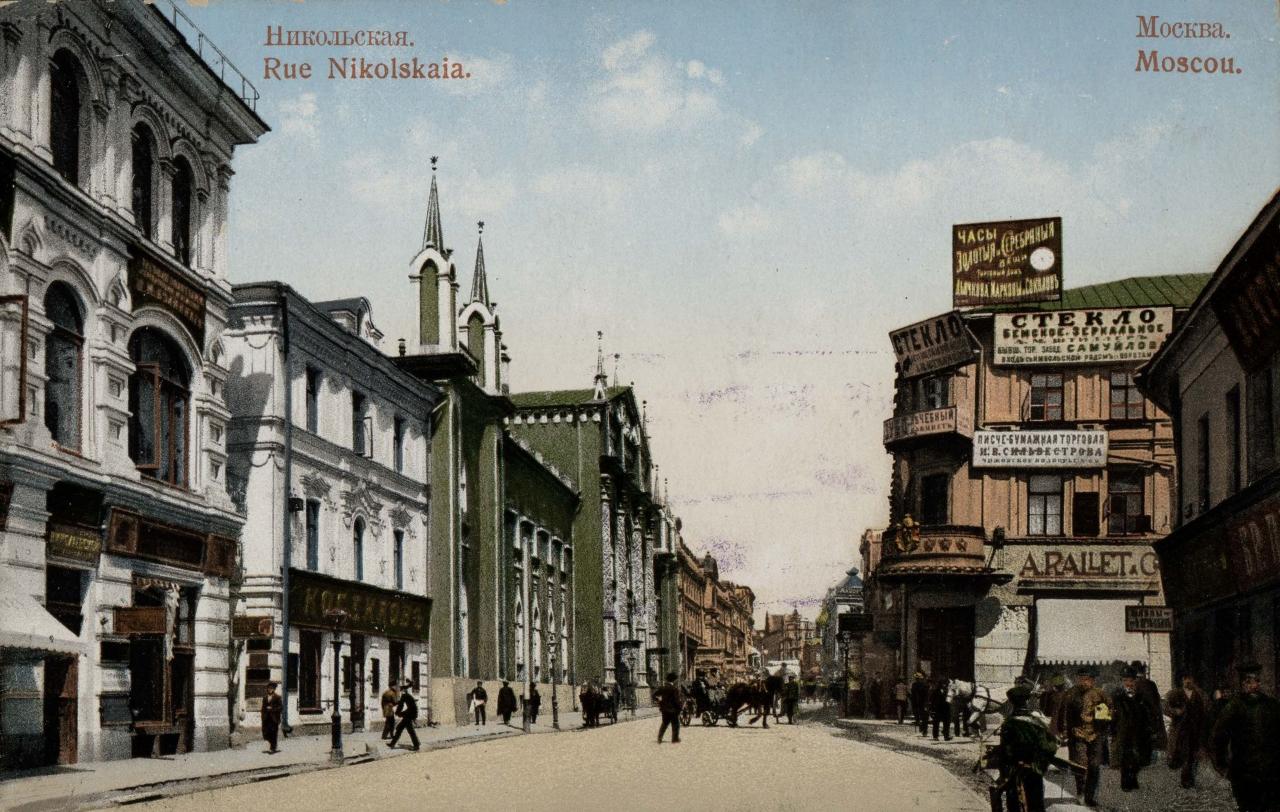
.
In 1935, Nikolskaya Street was renamed 25 October Street. This name was chosen because the Red Guards from this street made their way to the Kremlin during the October battles. In 1990, the government returned the street to its previous name.
.Until 2013, Nikolskaya Street was not fully pedestrianized, and on the facades of old houses “flaunted” numerous signs and air conditioners. In 2013, the pedestrian zone of the street was separated from the highway, and the houses were ennobled and restored. Now Nikolskaya is considered one of the most beautiful streets in Russia, on which there are dozens of historical buildings, interesting places and attractions.
.Nikolskaya Street sights
Nikolskaya Street is an attraction in itself! Just walking along it is a pleasure! The street is stunningly beautiful, there are many cozy benches where you can take a break, and on holidays, such as New Year and Christmas, it is decorated so carefully and exquisitely that every pedestrian gets into a real fairy tale. Of course, it can not be called quiet – after all, thousands of tourists walk here all the time – but at least people are protected from the roar of engines.
.Nikolskaya Street is quite short, you can walk along it in 20-30 minutes. But there are so many interesting buildings on it that pedestrians linger willy-nilly at the next beautiful historical facade. So you should allocate at least half a day for a walk along Nikolskaya.
.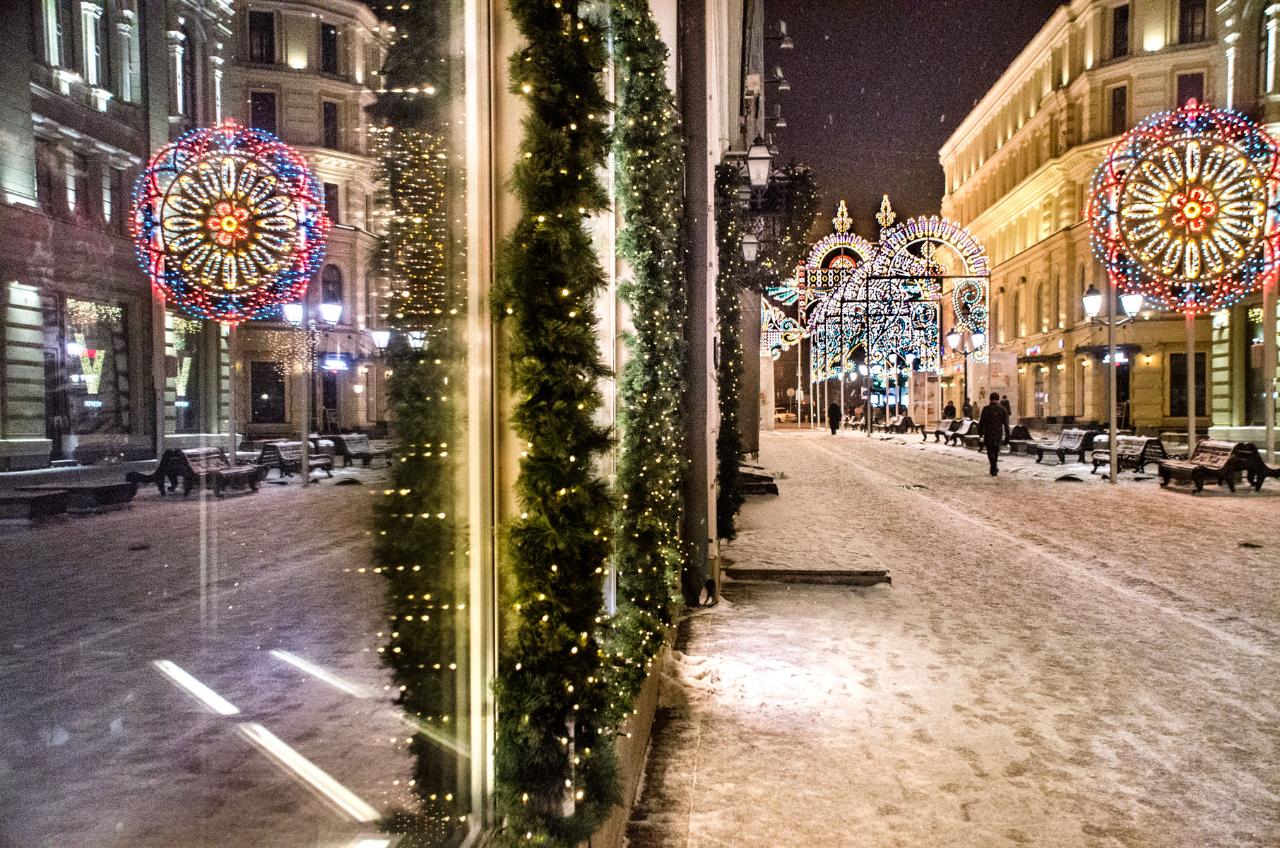
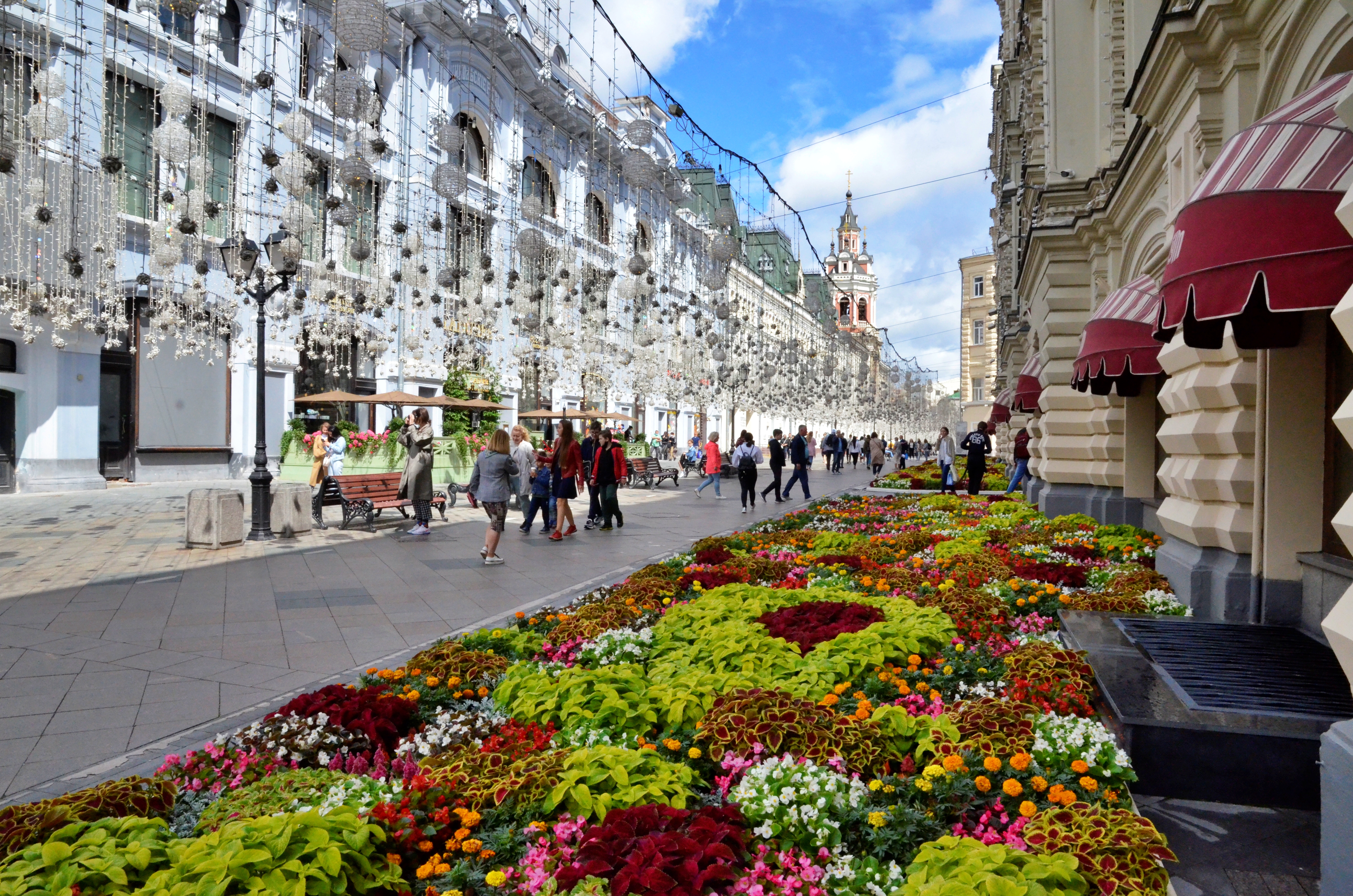
Nikolo Greek Monastery
Along with the Epiphany Monastery, the Nikolo-Greek Monastery is one of the oldest monasteries in Moscow. It appeared on this land earlier than the wall of Kitay-gorod.
.
By the way, the name of the district “Kitay-gorod” hardly has anything to do with China. Bundles of poles for the construction of fortifications used to be called “kita”, hence the name of the area fortified with such bundles. Most historians believe that this word was the basis for the name of the area.
.
It is not known exactly who initiated the erection of the Nikolo Greek Monastery. It is quite possible that it was Boris Godunov.
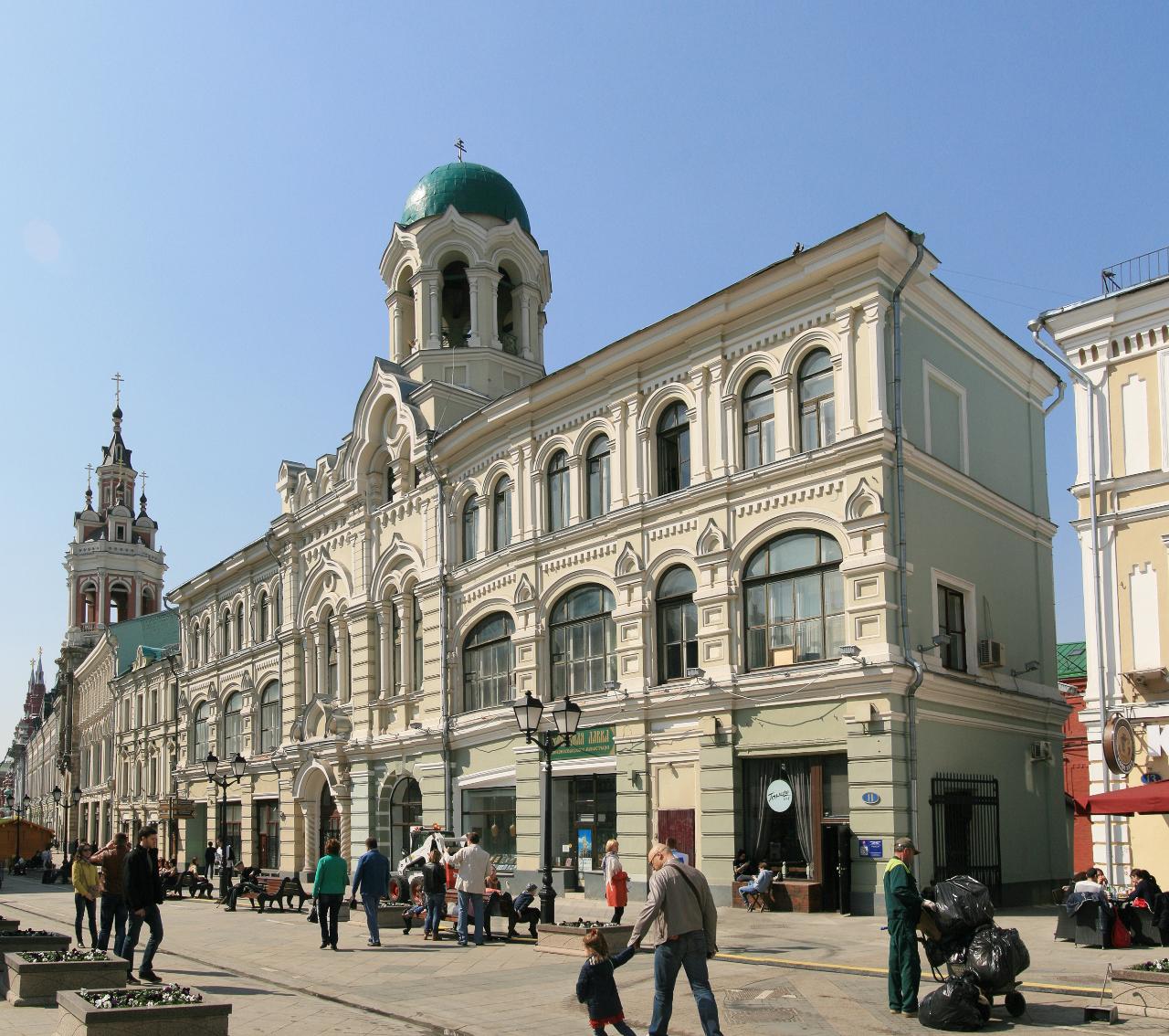
.
In 1923, the cathedral of the monastery was sealed by Soviet revolutionaries. The building was closed until 1935, and the utensils inside were either destroyed or looted – not many artifacts have survived to testify to the cathedral’s life before the revolution. In 1935 it was not opened, but simply demolished. The People’s Commissariat of Heavy Industry of the USSR was erected in place of the cathedral. The burials under the cathedral were tried to save by the employees of the Committee for the Protection of Monuments. They wrote a letter to the State Historical Museum, where they asked to open the tombs before demolition in order to get and preserve museum items. Unfortunately, the request was submitted too late, and the employees were denied. Apparently, the remains of the tombs ended up buried in a landfill along with construction debris.
.
The cathedral was never rebuilt. Now in its place is a lawn adjacent to the monastery yards. All the other buildings of the Nikolo Greek Monastery have survived to this day, and since 2007 work has been underway to restore them. The building you will see from Nikolskaya Street is a kind of curtain, which does not reflect the real appearance of the ancient monastery. To see the monastery yard with historical buildings, go deep inside through the archway. Keep in mind that the entrance is not always open. But from the side of Nikolskaya Street there is a church shop of the Zaikonospassky Monastery.
.Kazan Cathedral
The Cathedral of the Kazan Icon of the Mother of God is named in honor of the image of the Mother of God of Kazan, which is kept here. The cathedral was erected in 1636 and was originally an interesting example of wooden architecture. Later it was rebuilt many times, changing different architectural elements and adjusting it to modern styles: Kazan Cathedral was baroque, classical, eclectic. In 1936, during the revolution of Muscovites’ consciousness, the cathedral was destroyed – so the revolutionaries marked their rejection of religion. The Kazan Cathedral was restored only in 1990.
.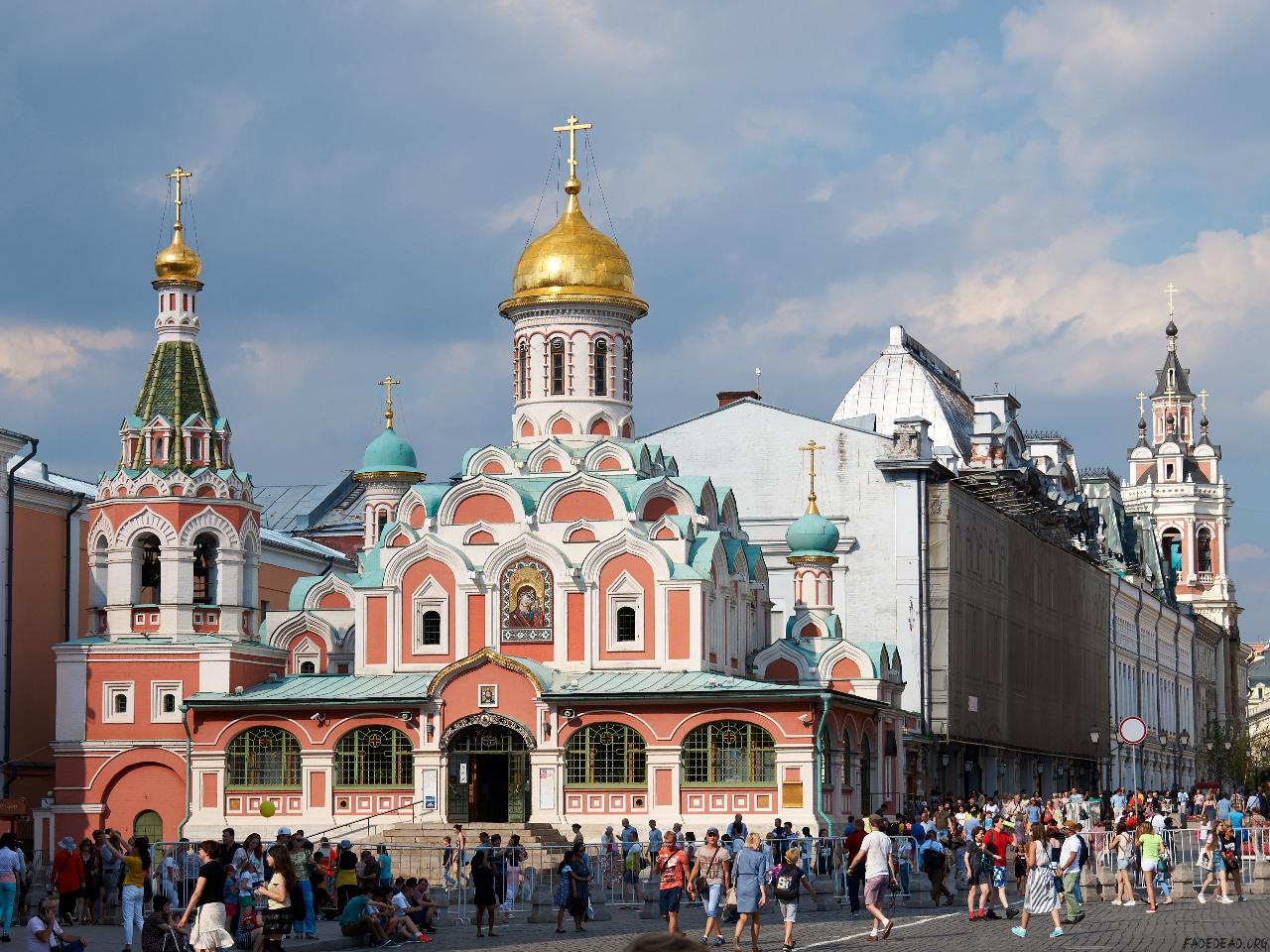
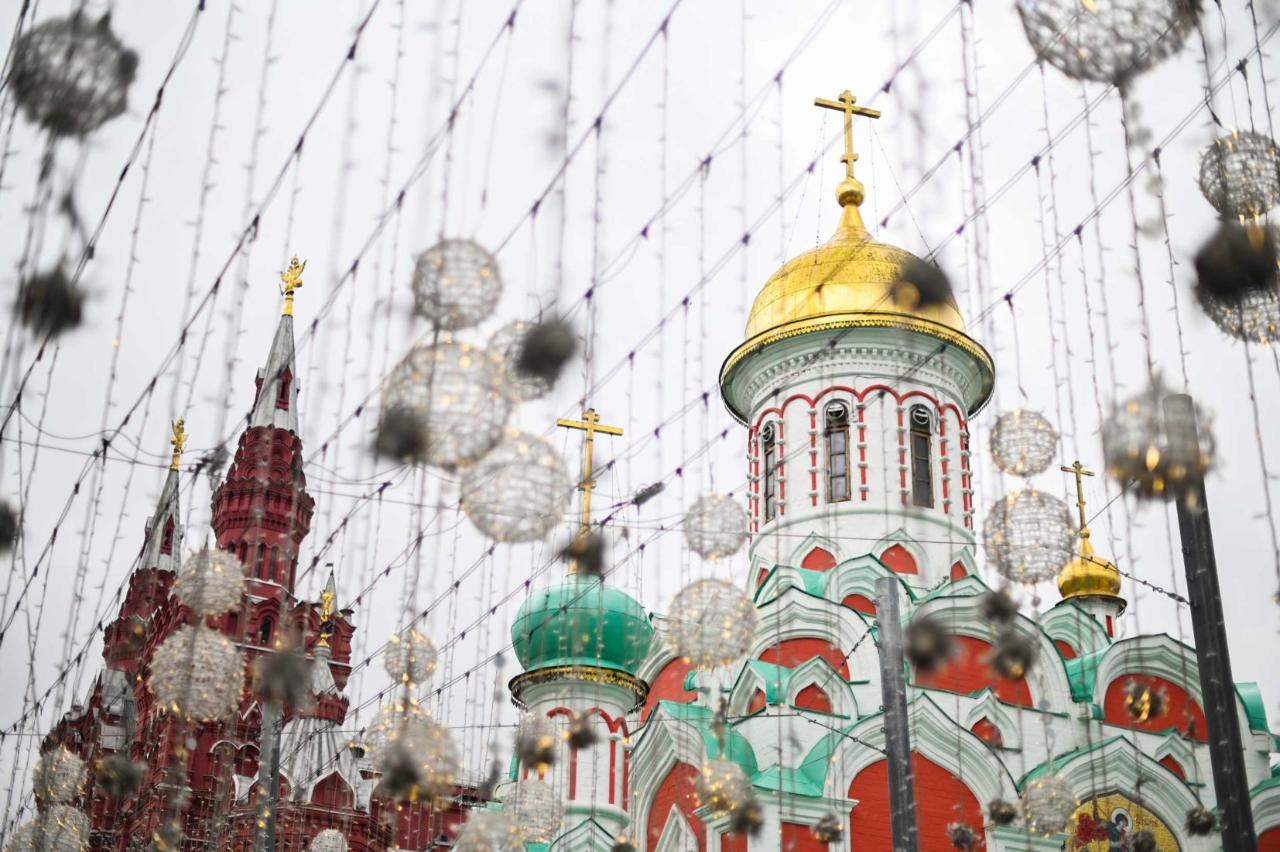
Old Mint
The name Red Mint or Chinese Mint is also found.
It is impossible to assess the full scale of the Old Mint from Nikolskaya Street: this architectural monument extends deep into the automobile part of Nikolskaya Street. One side of the building adjoins the Kazan Cathedral.
The old mint was perfectly guarded, so its cellars were sometimes used as prisons. In particular, it was here that Emelyan Pugachev was held before he was sent to Butyrsky prison.
.
The Old Mint was originally made of red brick, but in the early 20th century the building was partially rebuilt as the Nikolsky Trade Rows. In this form it has survived to this day. The old mint is now a blue baroque building, where numerous stores and stores are located. Inside the rows there is even a playground-park, where you can spend a pleasant time, taking a break from walking.
.Nominally, the building is owned by the Historical Museum, but all the premises of the courtyard are occupied by tenants, because Nikolskaya Street is a very profitable place for trade. The impression of the building can be slightly spoiled by the numerous advertising signs, product displays, and coffee tables on the sidewalk. The courtyard is unfortunately not accessible right now. People strolling along Nikolskaya Street will only have access to the western facade of the majestic building.
‘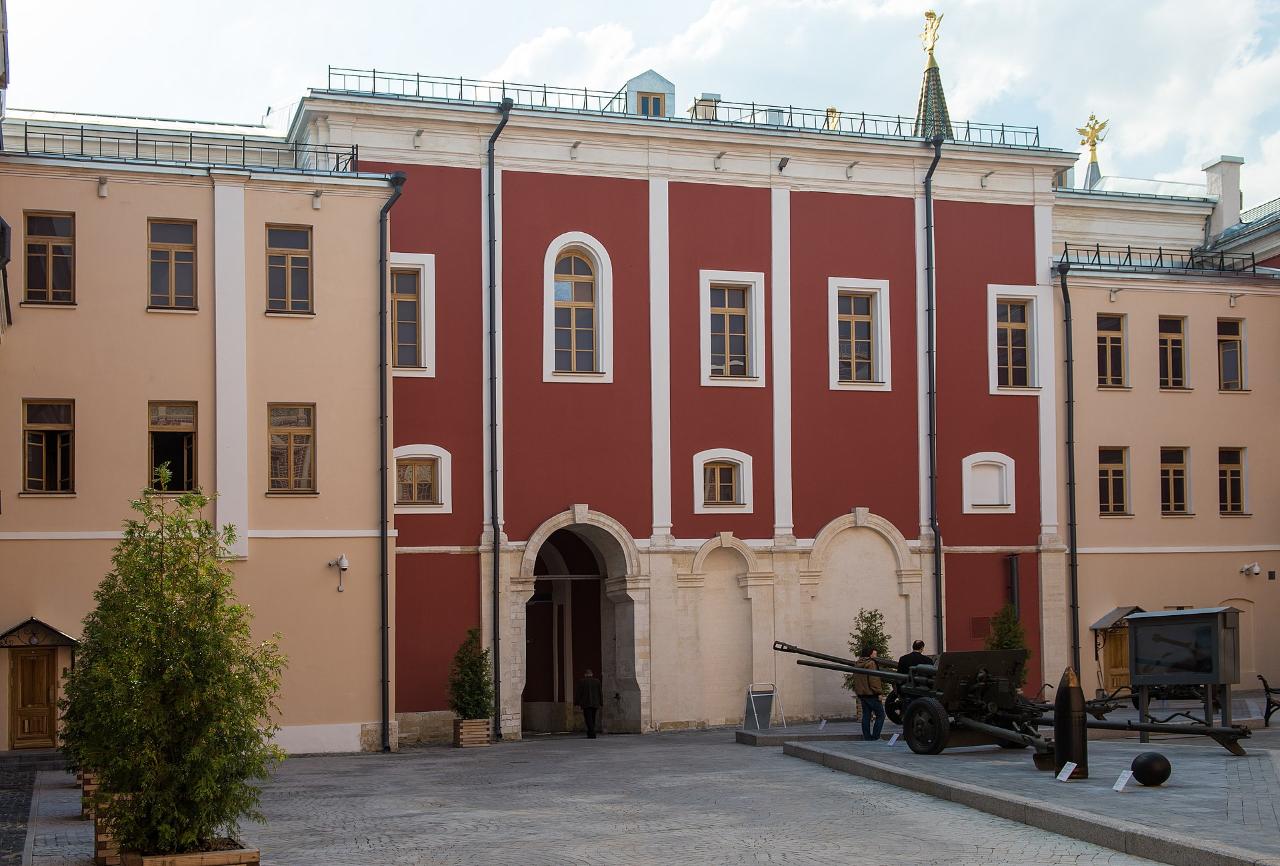
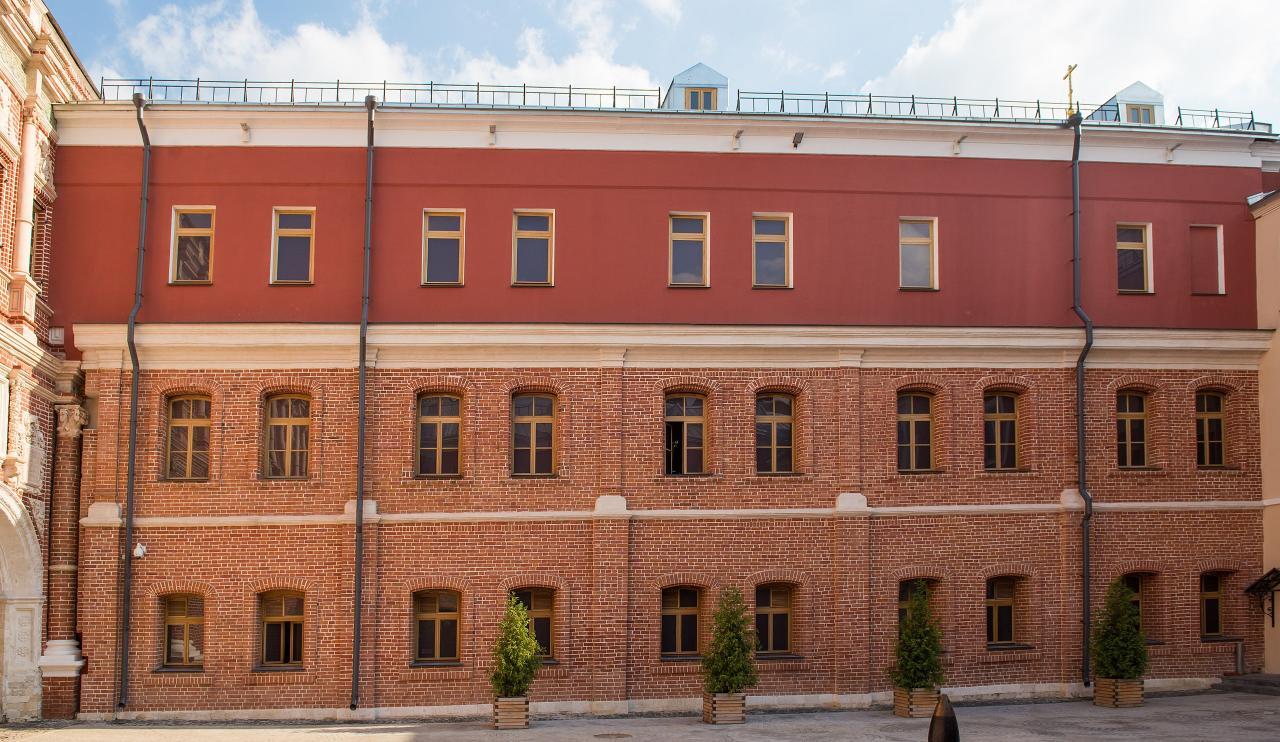

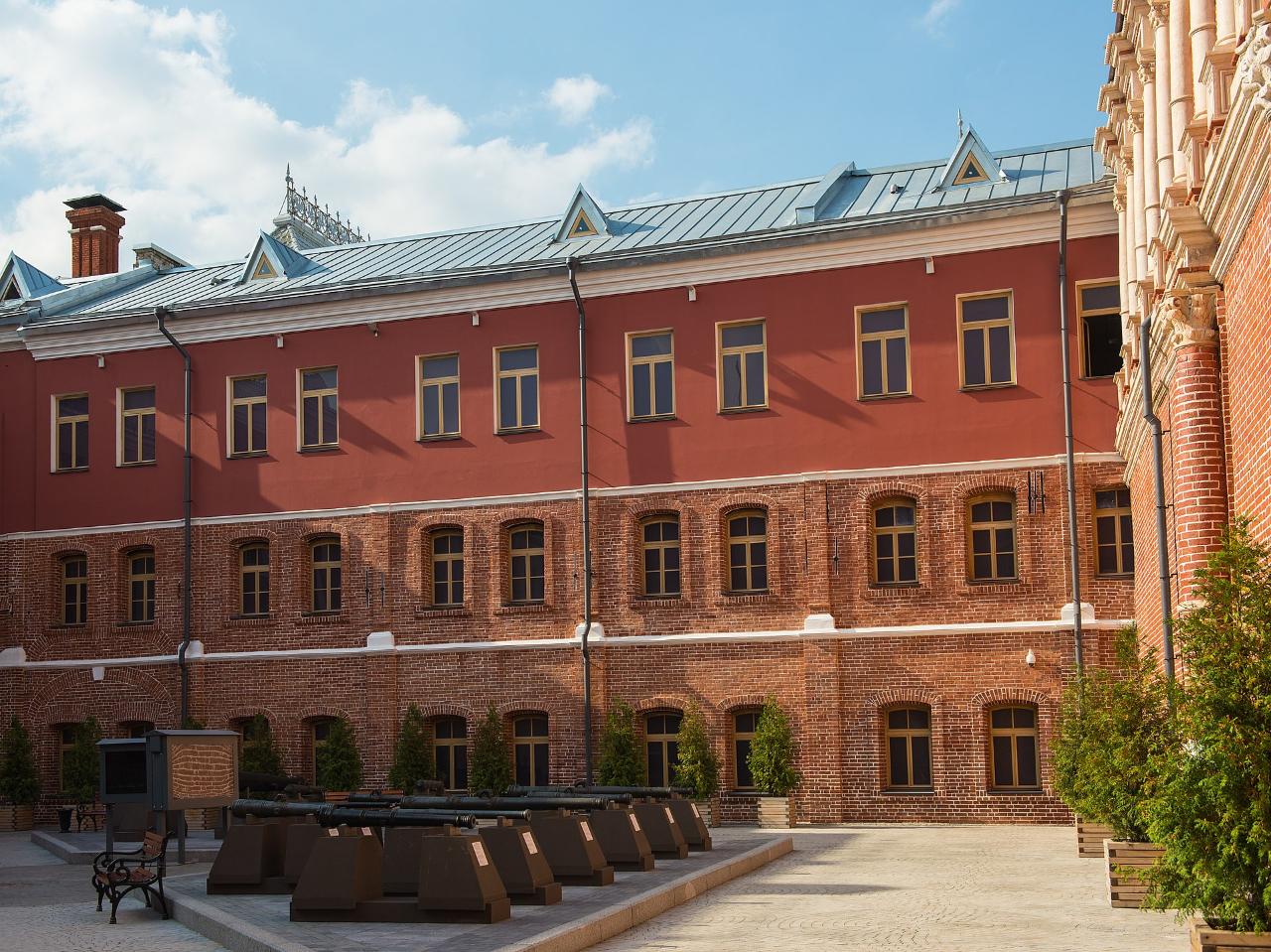
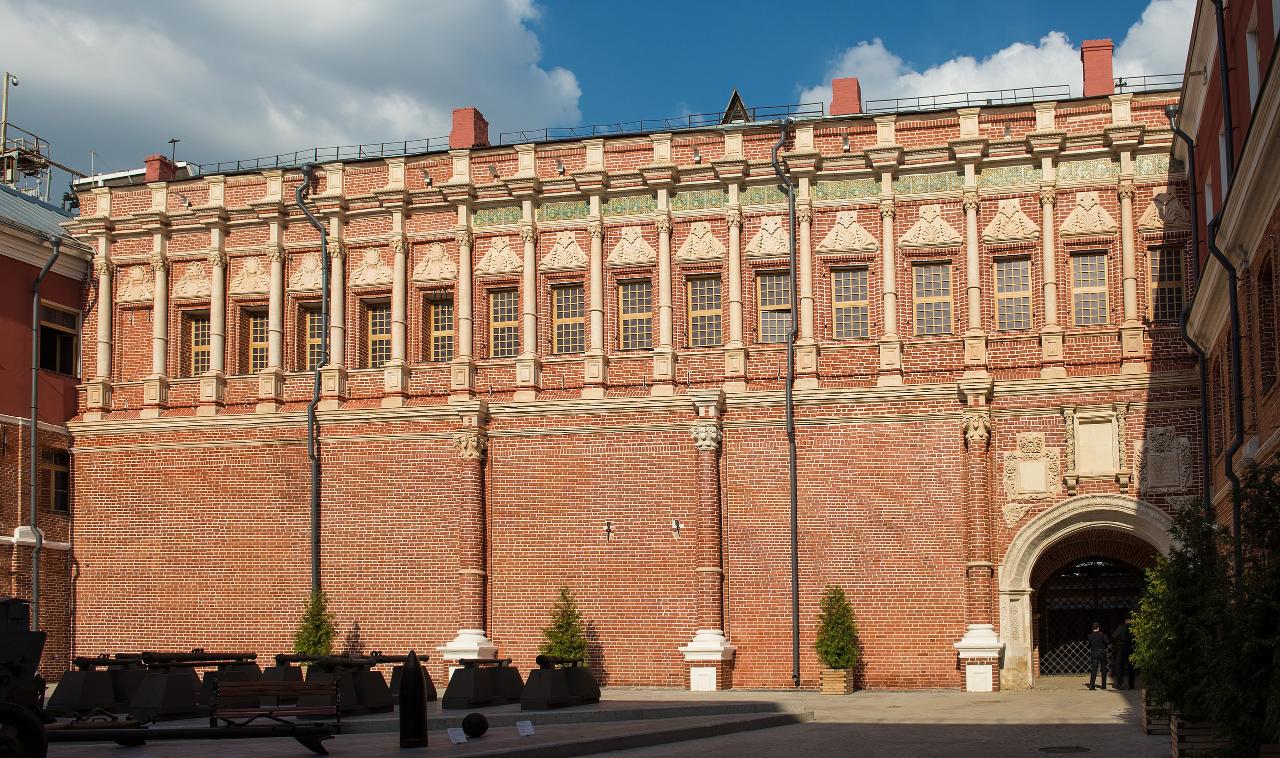
Zaikonospassky Monastery
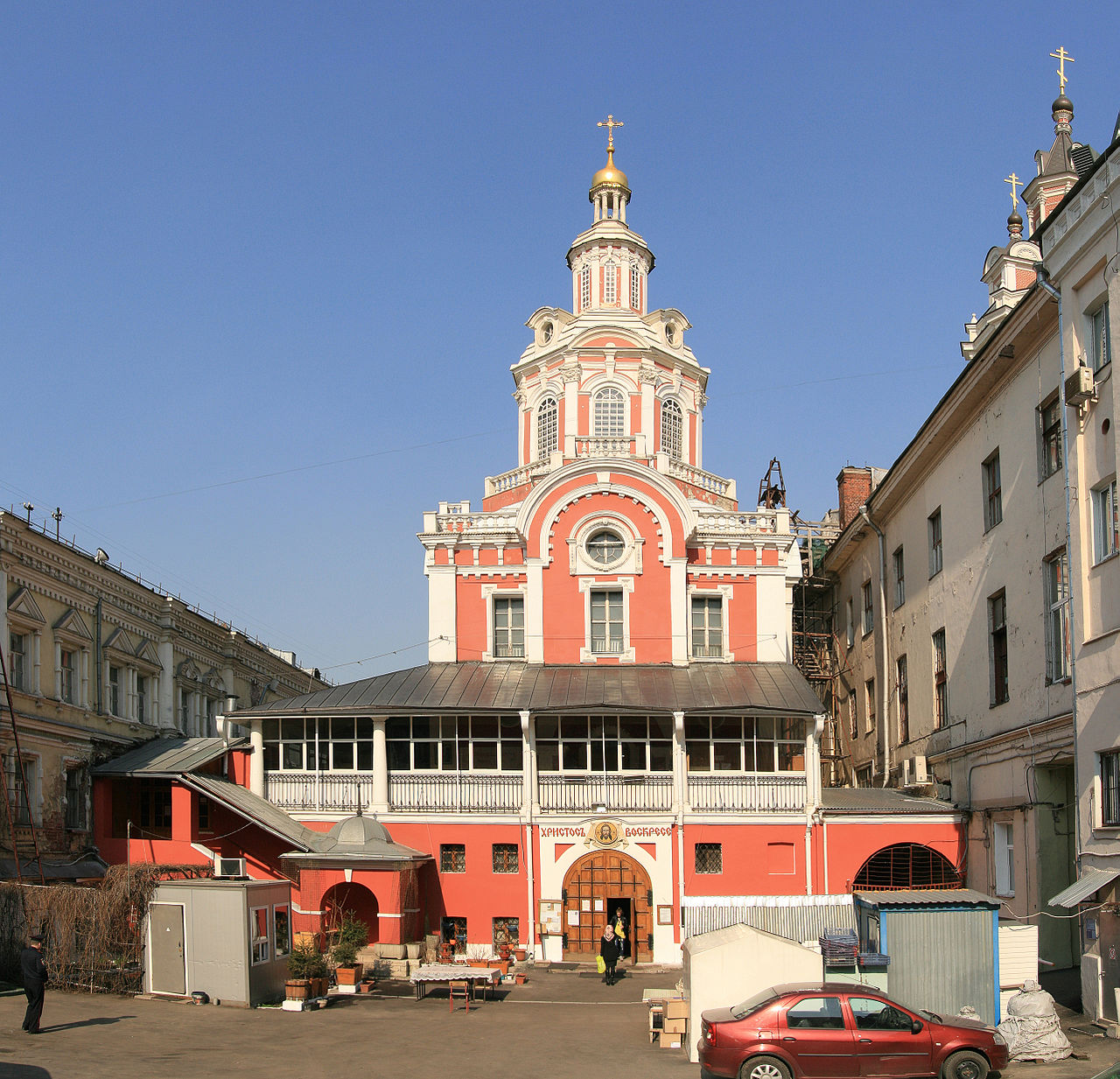
.
Immediately after its establishment, the printing house was attacked by scribes – you bet, their craft was under threat! Cheap printed books instantly overtook expensive handwritten books in popularity, and scribes tried to burn down the printing house. But the building was rebuilt, reconstructed, and continued to be used for printing books.
It was at this Printing Yard that the first Russian book printer Ivan Fedorov worked. There is now a memorial plaque on the facade of the building indicating that this is where Ivan Fedorov created the first Russian printed book..
Nikolskaya Tower
Formally, Nikolskaya Tower stands not on Nikolskaya Street, but on Red Square. But this is where Nikolskaya ended before the laying of Red Square, so the tower plays an important role in the history of the street. Nikolskaya Tower was built in 1491-1492, the architect was Pietro Antonio Solari.
.
There are defensive towers erected all around the perimeter of Red Square. Nikolskaya Tower stands out among them – it is another significant symbol of Moscow. The bright red star on the spire often appears on souvenir postcards or magnets. In addition to its remarkable appearance, the tower also stands out for its functionality – it stands on the Nikolskaya Gate, from which the street proper used to start.
.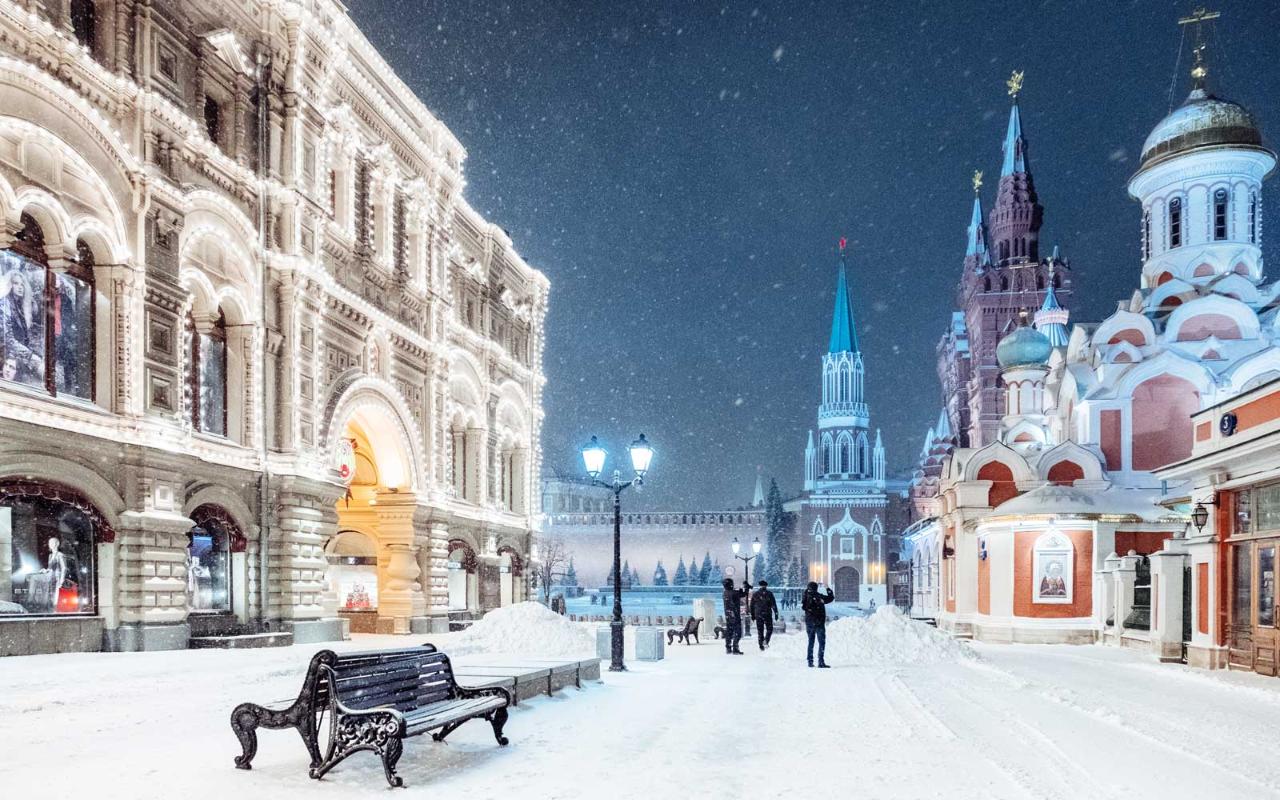
By the way, the famous star, by which the Nikolskaya Tower is easily identified, is quite large – 3.3 meters in height. Without it, the height of the tower is 67.1 meters.
How to get there
If you want to walk the entire Nikolskaya Street, it will be most convenient to get to the metro stations “Lubyanka” or “Kuznetsky Most”. Nikolskaya Street passes directly through Lubyanka Square, you need to walk towards Teatralny Proyezd. The metro station “Ploshchad Revolutsii” will lead you to the middle of Nikolskaya Street. If you plan to see the Red Square, you should combine its visit with a walk along Nikolskaya Street – from the Kremlin to the old pedestrian street you can walk in 5-10 minutes through the Taynitsky Garden. It is especially picturesque in late spring.
.